Catarrhal inflammation (catarrh, hypersecretion) is a pathological condition in which the mucous membranes of the respiratory tract, organs of the digestive system, oropharynx and sinuses.
The functioning of the mucous glands is enhanced, against the background of which a large amount of discharge appears. It is necessary to establish the underlying cause of the pathological condition, undergo an examination and specially selected treatment by a doctor.
Record content:
- 1 Views
- 2 Stages and degrees
- 3 Symptoms
- 4 Reasons for the appearance
- 5 Diagnostics
- 6 When to see a doctor
- 7 Prophylaxis
-
8 Treatment methods
- 8.1 Medications
- 8.2 Traditional methods
- 8.3 Other methods
- 9 Possible complications
- 10 Video about inflammation
Views
Catarrhal inflammation in most cases leads to the destruction and desquamation of the upper layer of the mucous epidermis. It acts as the main symptom of a developing disease, which must be identified in a timely manner.
There is a certain classification of catarrhal inflammation, given the consistency of the secreted exudate in the course of pathological processes:
| Name | Description |
| Serous | The pathological condition is accompanied by the release of a cloudy exudate and edema of the mucous membrane. Serous catarrhal inflammation occurs as a result of exacerbation of chronic rhinitis, with the development of cholera of the small intestine. |
| Mucous | The disease causes mucous degeneration and intense desquamation of the upper layer of the epithelium. With pronounced pathological processes, tissue necrosis appears. There is no violation of the integrity of the mucous membrane, it swells, swells, hemorrhages appear. |
| Purulent | Inflammation of the mucous epithelium is accompanied by the formation of small erosions. The secreted exudate contains pus, polynuclear leukocytes, mucus. The mass is viscous, cloudy, gray-yellow or green in color. The mucous membrane collapses, against the background of which ulcers and hemorrhages appear. |
| Hemorrhagic | The accumulation of a large number of red blood cells resembles a massive hemorrhage. The mucous membrane is thick and swollen, saturated with blood. Pathological processes are accompanied by necrosis and degenerative changes. |
In each individual case, clinical signs appear, with which it is important to go to the hospital in a timely manner. The doctor will conduct an examination and prescribe a special examination to make an accurate diagnosis. Ready-made results are also necessary for drawing up the correct treatment regimen.
Stages and degrees
Given the course of pathological processes, catarrhal inflammation is also classified into the following types:
| Name | Description |
| Spicy | The inflammatory process is accompanied by strong painful sensations, arises sharply and also quickly passes. The mucous membrane is restored on its own. The total duration of acute catarrhal inflammation is 3 weeks. In most cases, the acute form of the disease occurs with an infection of the upper respiratory tract. |
| Chronic | The cause of the chronic inflammatory process is the acute form of hypersecretion. In the course of the progressive development of pathological foci, a structural change in the mucous epithelium occurs. The affected area swells, grows dull, thickens. The pale pink color changes to a brown tint. The mucous membrane not only wrinkles, but also grows, hypertrophy is observed. As the inflammatory process develops, thinning of the mucous layer (atrophy) may occur. |

Catarrhal inflammation with damage to the upper respiratory tract appears in the form of tonsillitis, laryngitis. It is important for the doctor to determine the area of localization of the pathology and the stage of its development.
According to the degree of its course, catarrhal inflammation is classified as follows:
| Name | Description |
| Moderate | The inflammatory process leads to swelling of the mucous membrane, a foamy layer forms on its surface. We are talking about a mild degree of catarrhal inflammation, when the entire mucous epithelium is not completely affected. |
| Focal | Pathological processes develop in a certain area of the shell. |
| Diffuse | Catarrhal inflammation affects all layers of the mucous epithelium. |
A correct diagnosis is important because the results obtained help the doctor to formulate an effective treatment regimen. Therefore, it is necessary to determine all the features of the development of catarrh: stage, degree and variety.
Symptoms
Clinical signs of catarrhal inflammation will help the attending physician determine the degree of development of pathological processes and the area of localization of catarrh.
But there are general symptoms that bother a person with hypersecretion:
- the affected area of the mucous membrane turns red;
- the upper layer of the epithelium swells and swells;
- the inflammatory process is accompanied by mucous secretions;
- in some situations, the local or general body temperature rises;
- the patient complains of general weakness in the body;
- the functioning of the affected area of the mucous membrane is disrupted.
Given the area of the lesion, the patient develops the following clinical signs: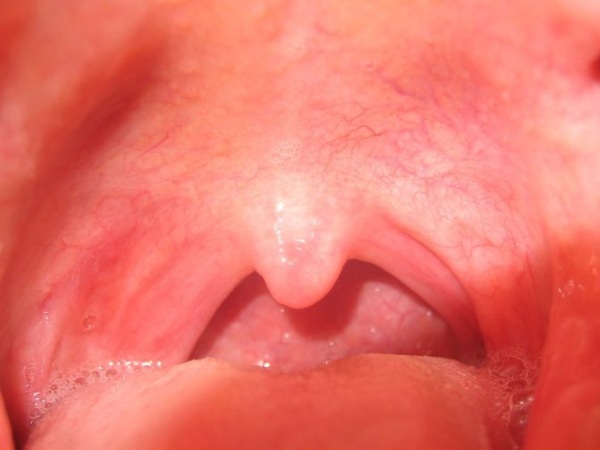
| Place of localization | Symptoms |
| Upper respiratory tract |
|
| Colon |
|
| Oral cavity |
|
| ENT organs |
|
Catarrhal diseases without timely therapy can lead to serious complications, so they should be treated under the supervision of a specialist. This group of pathologies includes laryngitis, tracheitis, pneumonia, bronchitis, conjunctivitis.
Reasons for the appearance
In most cases, catarrhal inflammation goes away on its own. But there are provoking factors, against the background of which hypersecretion intensifies and continues to bother a person. In such a situation, it is impossible to do without medical assistance and comprehensive diagnostics.
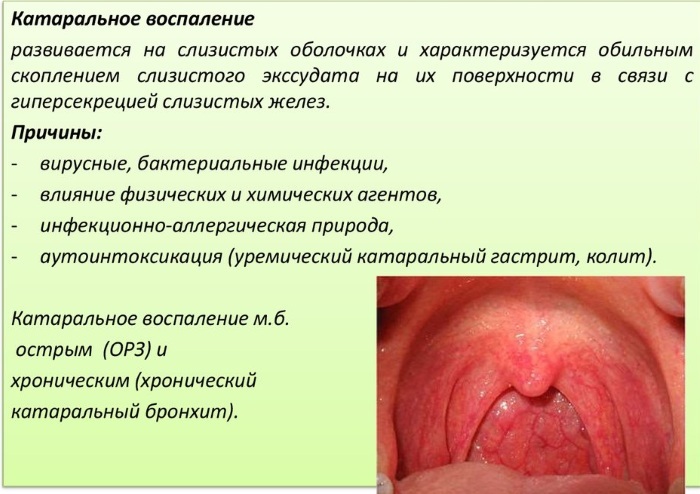
Catarrhal inflammation is a lesion of the upper layer of the mucous membrane, which is provoked by the following factors:
- wounds, fractures, injuries on the body;
- toxins, poisons, chemicals;
- hypothermia of the body;
- change in ambient air temperature;
- the defeat of the human body by fungi, viruses, bacteria;
- weak immunity;
- dirty environment;
- bad habits (abuse of alcoholic beverages, tobacco products, drugs, overeating);
- improper nutrition;
- great physical activity;
- non-compliance with simple rules of personal hygiene;
- allergic reaction;
- improper treatment of a certain disease, taking medications without adhering to the therapy regimen.
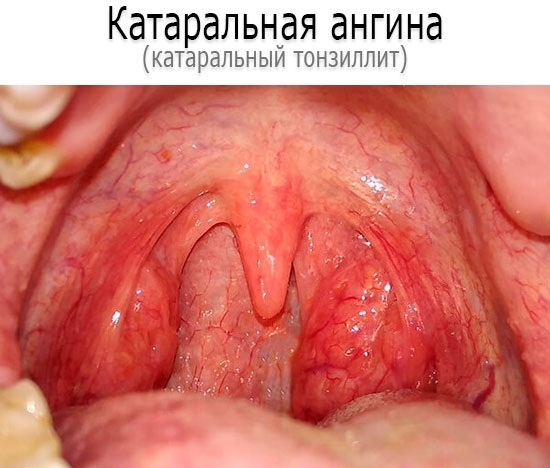
Catarrhal inflammation causes sore throat
In most cases, catarrhal inflammation is the result of an infection of the human body or injury. In some situations, the cause is a hereditary predisposition. The same goes for autoimmune diseases or disorders that trigger catarrh.
Diagnostics
The doctor prescribes a comprehensive examination based on the patient's complaints and existing clinical signs. It is important to differentiate the disease and find out the cause of the pathological condition in order to choose the right treatment.
The following tests are used to diagnose catarrhal inflammation:
| Name | Description |
| General blood analysis | Research is needed to identify the inflammatory process. |
| General urine analysis | The test results will help identify the causative agents of catarrhal inflammation in the human body. |
| Sputum bacteriological examination | A diagnostic method that helps to identify pathogenic microorganisms that provoked the inflammatory process. |
| X-ray | The examination is used in case of suspicion of catarrhal inflammation in the organs of the respiratory system. A specialist examines and evaluates the functioning of the bronchi. |
| Gastroscopy | The diagnostic method is prescribed to patients with lesions of the digestive tract. During the procedure, a specialist may take tissue from the inflamed mucous membrane for laboratory examination (biopsy). |
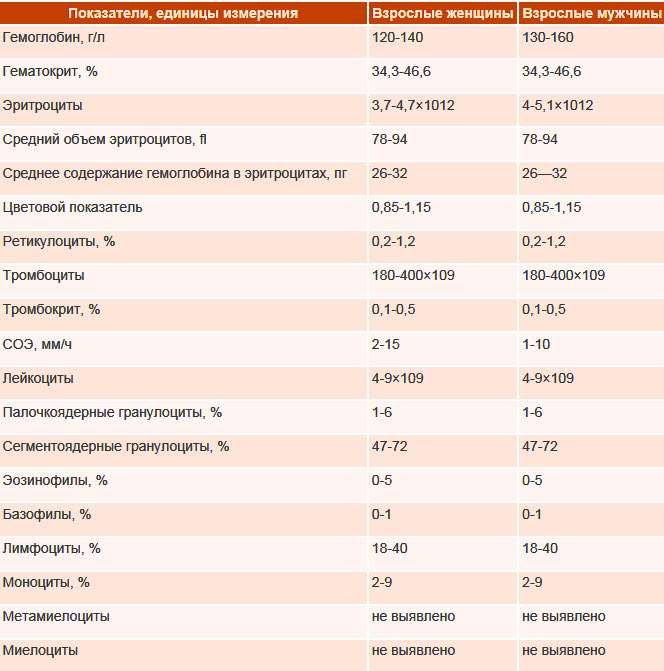
Taking into account the results after the research, the patient is assigned an additional consultation with a specialized specialist (gastroenterologist, otolaryngologist, venereologist). The doctor draws up a treatment regimen, taking into account the person's condition and the individual characteristics of his body.
When to see a doctor
Medical assistance to the patient is necessary in the event of severe catarrhal inflammation, which is accompanied by characteristic clinical symptoms, taking into account the area of the lesion. You cannot take medications on your own. It is important to establish an accurate diagnosis and choose the right therapy.
A qualified doctor will help you with this. First of all, you need to contact a therapist who will conduct an examination and prescribe an additional examination. Taking into account the results of the diagnosis, he will be referred to another specialized specialist.
Prophylaxis
You can prevent catarrhal inflammation if you remember the simple rules of doctors:
- Lead a healthy and active lifestyle.
- Ventilate the living area and do wet cleaning more often.
- Timely and under control to treat any diseases, against which inflammation occurs.
- It is necessary to temper the body and protect it from hypothermia.
- It is important to follow simple rules of personal hygiene.
Prevention of catarrhal inflammation involves the observance of all norms that allow you to avoid viral and bacterial diseases.
Treatment methods
Complex treatment of catarrhal inflammation is carried out after an accurate diagnosis has been made, based on the diagnostic results obtained. The patient is prescribed medications, in the absence of serious contraindications, folk remedies can be used. It is also recommended to adhere to a dietary diet, especially if the digestive system is affected.
Medications
Catarrhal inflammation is, in most cases, a symptom of a developing disease, which is important to identify and properly treat. Medicines are selected by the attending physician, based on the results of a comprehensive diagnosis. The individual characteristics of the patient's body are also taken into account.
| Drug group | Name | Application |
| Antibacterial drugs | Amoxiclav, Augmentin | The medicine is taken orally, first dissolved in water or in the mouth. Adults are advised to take 1 tablet (625 mg) every 8-12 hours. The course of treatment lasts 14 days. |
| Antiviral agents | Acyclovir, Arbidol | The tablets are taken orally with a sufficient amount of liquid. The recommended dosage for adults is 200 mg 5 times a day. The duration of treatment is 5 days. The time interval between doses is 4-8 hours. |
| Antifungal medicines | Miconazole, Dactarin | The medicine is recommended to be taken orally 1 tablet (250 mg) 4 times a day. The course of treatment depends on the patient's condition and takes 1-6 weeks. |
| Antiseptic | Miramistin, Chlorhexidine | Medicines are used to treat mucous membranes. For convenient use, the products are available in the form of sprays. The affected mucosa can be treated with cotton swabs or sprayed for 1-2 minutes. You can also rinse, 20 ml of antiseptic solution is enough. |
| Antihistamines | Suprastin, Tsetrin | Medicines reduce mucosal inflammation. The tablets are swallowed whole with a sufficient amount of liquid. The adult dosage is 25 mg 3-4 times a day after meals. |
| Immunostimulating agents | Amiksin, Immunal | In complex therapy, the drug is taken for the first 2 days, 125 mg per day. Further, the dosage is 125 mg every 48 hours. The course of treatment lasts 10 days. |
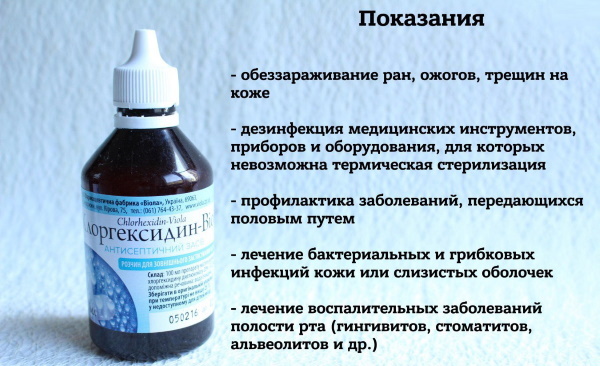
In difficult situations, the patient is shown infusion therapy to remove toxins from the body. As a maintenance treatment, patients are also prescribed vitamin complexes. With the defeat of the nasal passages, patients are assigned means for washing the mucous membrane. The same goes for the throat.
Traditional methods
Catarrhal inflammation is a disease that can be treated with prescriptions from healers and healers, but in combination with traditional drugs and a specially formulated diet. The therapy regimen must be drawn up with the attending physician in order to prevent an allergic reaction or individual sensitivity.
| Name | Recipe | Application |
| Viburnum bark | Pour the bark of the plant and lemon zest with hot water, leave for 30 minutes and strain. | The finished broth should be taken orally in 1 tbsp. every 3-4 hours. |
| Healthy drink | Mix raspberries, linden and peppermint. Brew the resulting collection with boiling water. Insist and strain. | The finished drink should be consumed 3-4 times a day instead of tea. |
| Herbal collection | Mix in equal parts raspberry leaves, coltsfoot and lilac buds (1 tablespoon each). Pour the resulting herbal mixture with boiling water (2 tbsp.) And leave for 1-2 hours. | The strained broth is recommended to be consumed orally in 1/3 tbsp. 3 times a day. |
| Garlic | Grind 1 head of garlic, add milk (1 tbsp.). Put the resulting mass on fire and heat. | The finished medicine is recommended to be taken orally for 1 tsp. 2-3 times a day. |
| Onion peel | Pour 100 g of husk with hot water (0.5 l). Put on medium heat and simmer for 15 minutes. Cool and drain. | The finished product is recommended to be used for rinsing the mouth 3 times a day. |
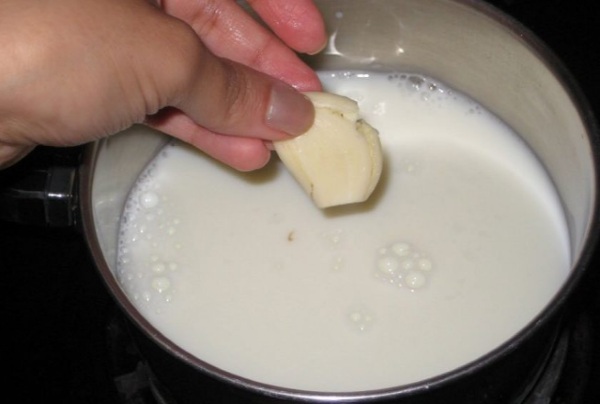
Aromatherapy will help to cope with catarrhal inflammation. You should not inhale essential oils, it will be enough to place an aroma lamp in the room (lemon, eucalyptus, thyme, fir). They are bactericidal and help reduce inflammation.
Other methods
Catarrhal inflammation is a pathological lesion of the mucous membrane that requires complex treatment. Together with traditional medicines and folk remedies, patients are advised to adhere to a dietary diet.
| Featured Products | Prohibited foods |
|
|
Food should be eaten warm in order to completely eliminate the likelihood of irritation of the mucous membrane. To do this, you also need to grind the dishes to a puree state. It is important not to forget about water. The fluid will help prevent dehydration and flush out toxins.
Possible complications
Without timely therapy, a progressive inflammatory process provokes serious complications:

| Name | Description |
| Emphysema of the lungs | Chronic progressive pathology, which is accompanied by irreversible degenerative changes in the organs of the respiratory system. Expansion of the terminal sections of the bronchial branching occurs. Pathological changes also affect the septa between the alveoli. |
| Pneumosclerosis | A disease that develops after catarrhal inflammation in the upper respiratory tract. It is characterized by numerous disorders and disorders. Connective tissue pinches lung cells, elasticity and gas exchange are impaired. The proliferation of connective tissue leads to irreversible consequences. |
| Malignant tumor | A pathological condition that occurs against the background of chronic catarrhal inflammation in the region of the digestive system. Under the influence of prolonged inflammation, the degeneration of the affected tissues of the mucous membrane occurs. |
In most cases, after an acute catarrh, the patient, if the treatment is correctly selected, fully recovers. The chronic form of catarrhal inflammation leads to atrophy and hypertrophy of the mucous membrane. If the upper layer of the epithelium is damaged, there is also a risk of secondary infection when the pathogenic flora enters the bloodstream.
Catarrhal inflammation, with proper treatment, can be completely eliminated and successfully restored. In advanced situations, patients may need surgery. It is important not to wait for complications, but to go to the hospital in a timely manner. Comprehensive diagnostics will allow you to establish the cause of the inflammatory process and select the most effective treatment.
Video about inflammation
Exudative inflammation:



